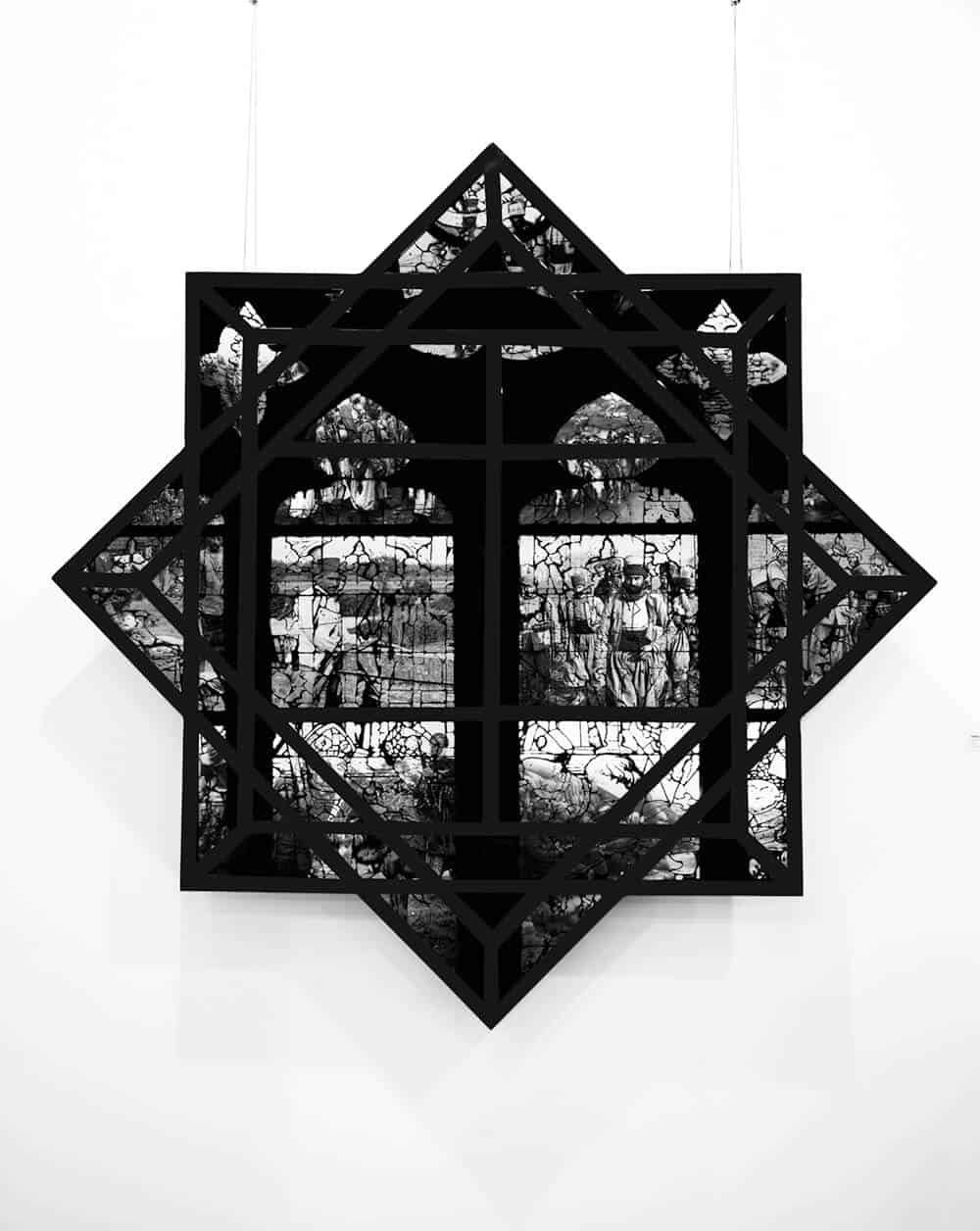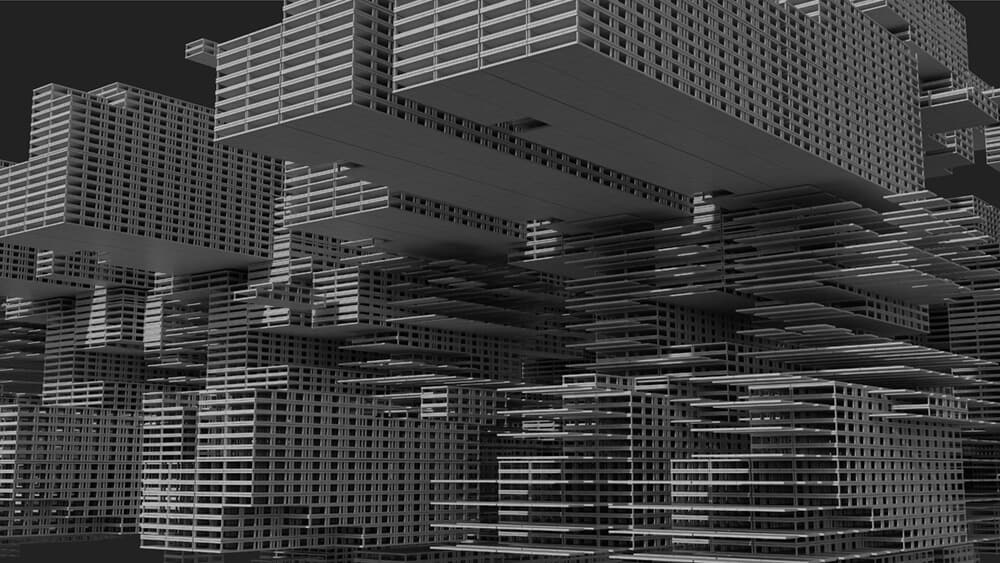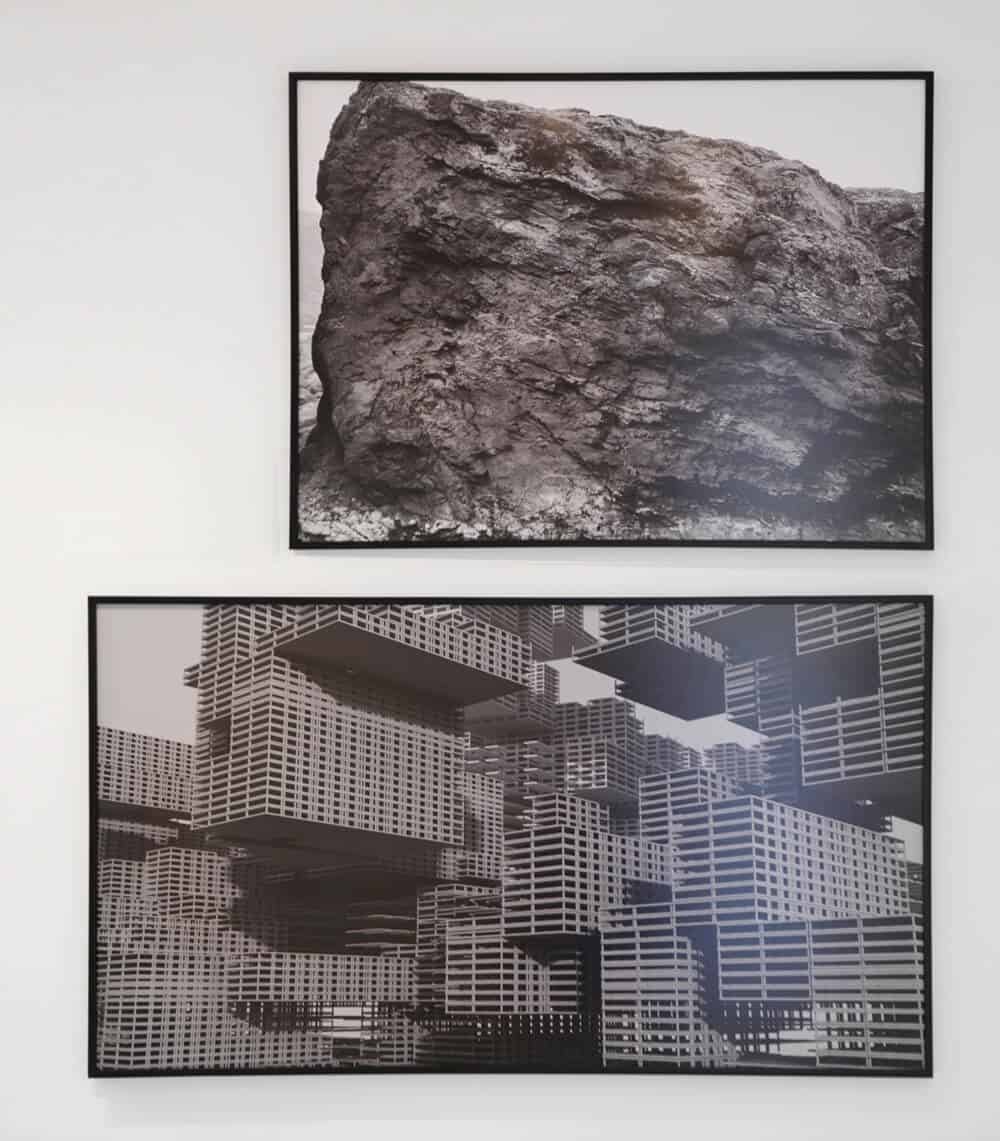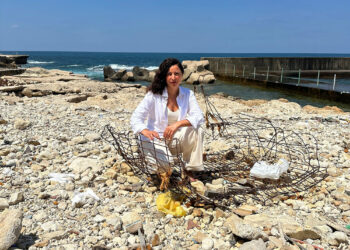GVCC will be participating in the 13th edition of Art Dubai.
The 13th Edition of Art Dubai is around the corner and 2019’s Gallery line was recently announced. The fair returns with a new Director, a new structural layout with 4-curated sections and a 90 gallery line up that has a multi-disciplinary and worldwide representation from 41 countries.
Under the directorship of Chloe Vaitsou and Artistic Director Pablo del Val the fair’s following new sections have been designed to complement each other; CONTEMPORARY, MODERN, RESIDENTS AND BAWABBA.
 Mglahlou of the confused memory. Courtesy of GVCC.
Mglahlou of the confused memory. Courtesy of GVCC.
As media partners to the fair ART AFRICA will be covering the event in our June 2019 issue. In order to give you peek of what’s to come we are spotlighting some of the galleries featuring in the 13th Edition of Art Dubai.
African Representation is spread over 3 of the sections with 8 galleries from the region. The CONTEMPORARY section will house; Addis Fine Art (Ethiopia), Galerie MAM(Cameroon), SMAC(South Africa),Voice(MOROCCO), Loft Art Gallery (MOROCCO), and GVCC(MOROCCO).
Tunisian gallery, El Marsa, joins the MODERN section whilst Addis Ababa based gallery Guzo Art Projects is the only gallery from the continent pariticipating in the new BAWABBA section bringing Kenyan artist Wanja Kimani.
Morocco features 3 galleries in CONTEMPORARY with Morocco’s oldest Gallery GVCC showcasing the works of artists Said Afifi, Mustapha Azeroual and Mehdi Georges Lahlou.
 Said Afifi. 100 x 177cm. Courtesy of GVCC.
Said Afifi. 100 x 177cm. Courtesy of GVCC.
Founded in 1946, GVCC is the oldest gallery in Morocco making it a key institution in the world of art in Morocco. Acquired in 2008 by Director Anne-Laurence Sowan, GVCC built its reputation upon being the first gallery to offer Orientalist painters such as Jacques Majorelle, José Cruz Herrera, Henri Pontoy and Jean-Gaston Mantel. The gallery has represented many renowned Moroccan artists including Farid Belkahia, Ahmed Cherkaoui, Jilali Gharbaoui, Hassan El Glaoui, and Chaïbia. Anne – Laurence explains that the GVCC “renews it’s pioneering vocation through it’s distinguished artistic direction and it’s firm commitment to present the work of emerging as well as established artists”.
For Art Dubai 2019, lasting impressions and memory are the underlying themes behind the three Moroccan artists’ approaches.
Said Afifi explores the postmodernist architecture with a chaotic and utopian dimension. He intervenes on images with the aim to erase and destroy the distinctive identity of the clichés and instead draw the outlines of a cold and sterile aesthetic. Through futuristic or devastated landscapes, the artist explores the depths of our collective memory to force us to face our modern urban utopias.
 Said Afifi
Said Afifi
In contrast with Said Afifi’s black and white universe, Mustapha Azeroual tries to capture colours and light. The artist’s work is based on observation and experimentation, confronting traditional shooting techniques and prints with the contemporary challenges faced by photography.
In Mehdi-Georges Lahlou’s practice, body, space and memory form a kind of trilogy present in each performance, sculpture or image produced by the artist and that contributes to create ambiguous works from elements that are not themselves ambiguous. Thanks to his ability to dissociate all kind of referents and sources, the artist is an alchemist affecting the images, materials and media in order to establish new perceptions of them through the transformation of their identity.
In those three Moroccan artists’ works the function of art is to perpetually question our society and what surrounds us from different perspectives, be it moral, philosophical, political, social, cultural or aesthetic.
Sara Moneer Khan is a writer on ART AFRICA‘s editorial team.



